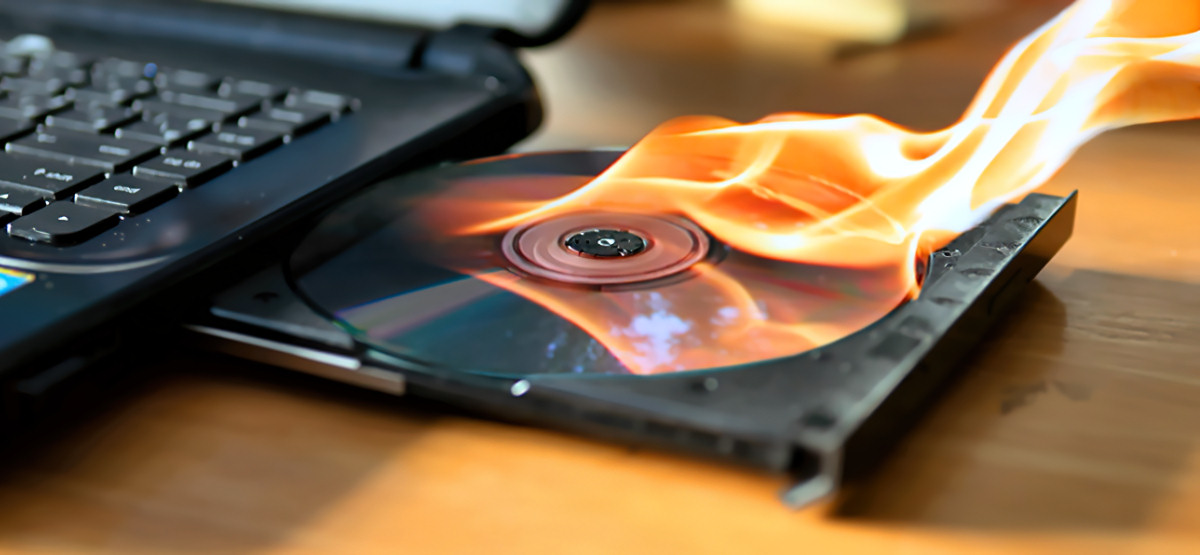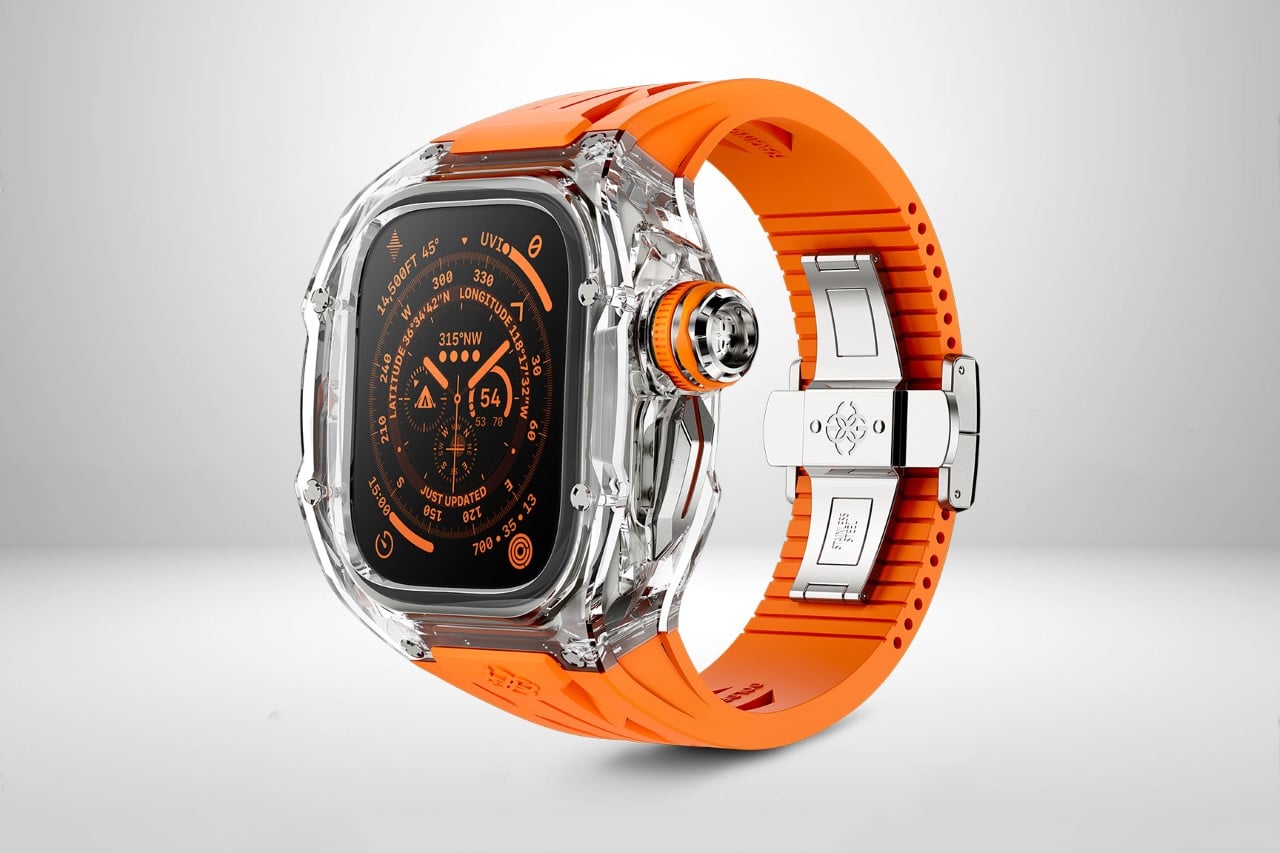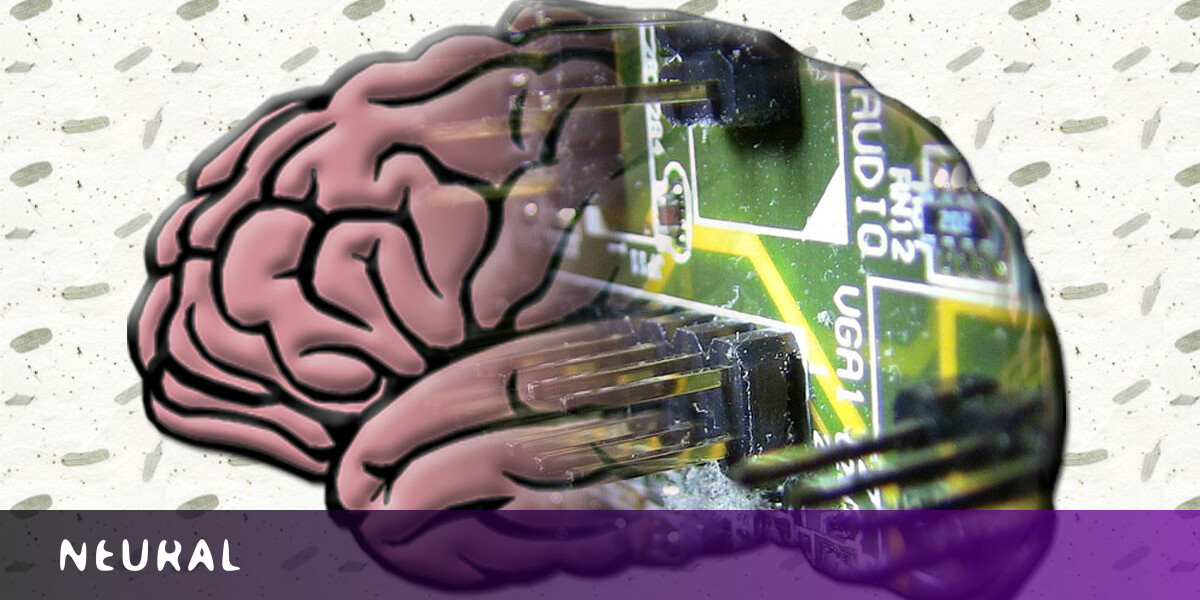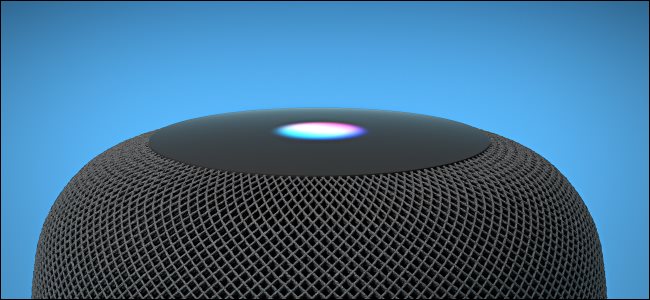#What Does “Burning a CD” Mean?

Table of Contents
“#What Does “Burning a CD” Mean?”

If you’ve never encountered a recordable CD before, you can be forgiven for not knowing what the term “burn a CD” means. Does it involve fire? Is anything actually burned in the process? We explain how the process works, why it’s called “burning,” and why it was all the rage in the late 1990s.
Burning Means Writing a Recordable CD with a Laser
To burn a CD means to write data onto a recordable compact disc (called a “CD-R” for short), with a special device called a CD burner or CD-R drive. The process is often called “burning” because a laser in the CD-R drive uses heat to record the data to the disc.
For about a decade from 1996 to 2005, many computers shipped with CD-R drives built-in so people could make backups of their data, share digital photos with others, create audio mix CDs, and more. With the advent of USB flash drives and the Internet, burning CDs became a less popular way to store and transfer data. But, during that time period, burning CDs was very common.

In our search through media archives online, the term “burn a CD” first appeared around 1993, when CD-R technology started to become affordable enough for business use. But the term “burn,” meaning “to write,” predates CD-Rs. In particular, the phrase “burn an EPROM” was common before CDs came along, and the term likely extends back in technology before that.
How Does a CD-R Work?
All you fire marshals out there can calm down: While burning a CD, nothing literally gets burned (as in fire), but a chemical layer in the disc does change from the heat of the laser. To understand why that’s useful, you need to know how a regular CD works first.
In a regular mass-produced CD, data is stored as binary data in a series of physical pits and flat areas (or a lack of pits) in a special layer on the disc. To read a CD, a CD player shines a laser along a spiral groove embedded in the data layer of the disc. If the laser gets reflected back in a flat area, the player registers a “1.” If the laser beam hits a pit and gets dimmed or deflected, it registers as a “0.”

The drawback to mass-produced CDs is that the three-dimensional data layer (of pits and flat areas) is permanently stamped onto the disc and can’t be changed later. But in the mid-1980s, scientists at Taiyo Yuden in Japan discovered that you didn’t need actual pits to diffuse the laser light. Instead, you could embed a transparent chemical layer in the disc that would darken when heated with a higher-powered laser.
That’s how CD-Rs work. So instead of pits in a commercially pressed CD, CD-Rs use darkened areas of dye “burned” into the disc. Get it?
The Cost Of CD-Rs Dropped Rapidly
According to some reports, the first commercial CD-R drives emerged in 1988 from Taiyo Yuden in Japan, but the earliest we’ve found, from Optical Media International, launched in 1989 and cost $150,000 (about $324K today).
Optical Media International’s Topix CD authoring system included a complete computer setup since common desktop PCs didn’t have the storage space, software, or any of the necessary hardware to do the task. (In 1989, a typical desktop hard drive stored 20 or 40 megabytes, and a CD-ROM could hold 650 megabytes.)

The cost of CD-R authoring systems dropped dramatically, including one from Meridian for $98,000 a few months after the Topix, a system from Sony for $30,000 in 1990, and the first 5.25″ half-height CD-R drive in 1992 for $11,000 as part of a custom system. Finally, in 1995, when consumers could purchase a Hewlett-Packard CD-R drive for under $995, CD-Rs began to go mainstream. CD-R drives grew faster over time too—by 2002, a 52x CD-R drive could burn an entire CD in under three minutes.
As CD-R drives became more common, the cost of CD-R media dropped dramatically as well. In 1990, CD-Rs cost about $100 apiece. By 1996, they cost about $10 a disc. In 1999, they were about $1 each. And only a few years after that, you could buy bulk CD-Rs in spindles for pennies a disc.
Much to the chagrin of every industry that published data on CDs, people used CD-Rs for piracy too—both in commercial counterfeit operations and also personal use, and the rapidly dropping price of CD-R media fueled that trend considerably.
Burning CD-Rs Was a Big Part of Culture
As CD-Rs discs grew cheaper and cheaper around 2000, CD-R adoption grew rapidly. People began to use them as one-time disposable methods of transferring data between computers, and younger people in particular often used them to make custom audio mix CDs.

Similar to mixtapes, where people would record favorite songs off radio or other media and compile them into a custom running order to suit certain moods or to share their personal taste in music with friends, a vibrant culture surrounding mix CDs emerged in the late 1990s. In the case of mix CDs, people would usually copy (“rip”) tracks from existing CDs to a computer (or download them off of Napster) then burn a custom CD-R containing tracks in an order they chose.
With the rise of digital music players, mix CDs began to fall by the wayside in the mid-2000s in favor of custom playlists on an iPod or smartphone.
You Can Still Burn CDs Today
While CD-Rs are definitely not as popular as they once were, companies still sell CD-R media, and if you have a CD-R or DVD-R drive, you can still burn a CD-R today on your Mac or Windows 10 machine.
Why would you want to? Some vintage computer fans use CD-Rs to transfer data between machines, some use them to listen to downloaded songs on CD in a car that doesn’t support a Bluetooth connection, and so much more.
RELATED: How to Burn a CD or DVD on Windows 10

But if you do, keep in mind that science has shown that CD-Rs (and their re-writable CD-RW cousins) are not an archival storage medium. Many CD-R discs burned in the 1990s and early 2000s are unreadable today due to low-quality media.
So don’t rely on them for backup, but enjoy re-living the year 2000!
RELATED: The CDs You Burned Are Going Bad: Here’s What You Need to Do
If you liked the article, do not forget to share it with your friends. Follow us on Google News too, click on the star and choose us from your favorites.
For forums sites go to Forum.BuradaBiliyorum.Com
If you want to read more like this article, you can visit our Technology category.




